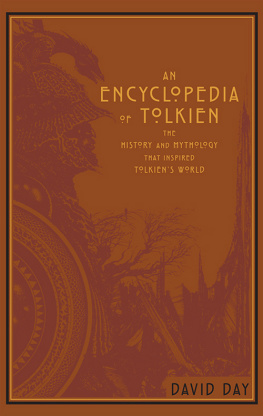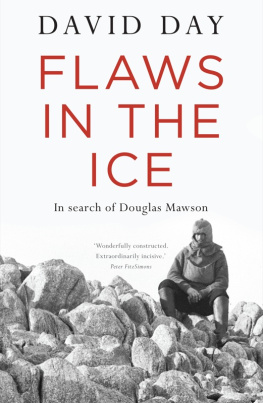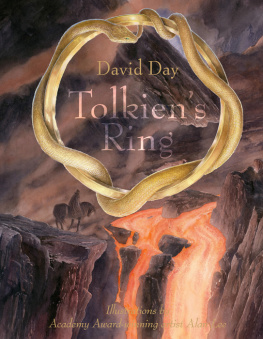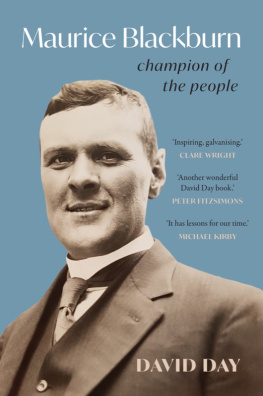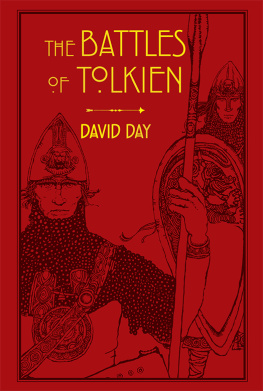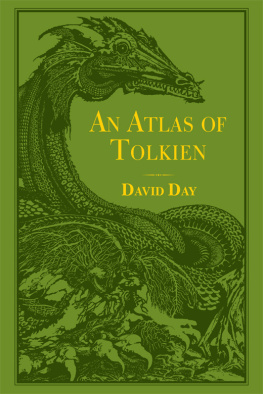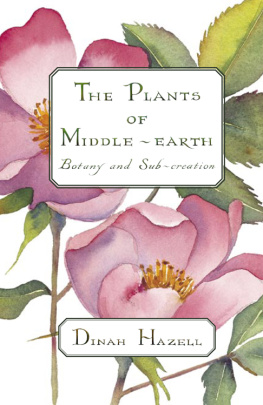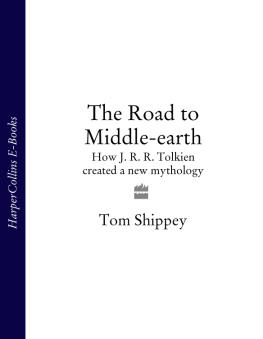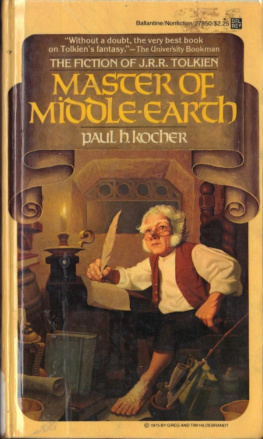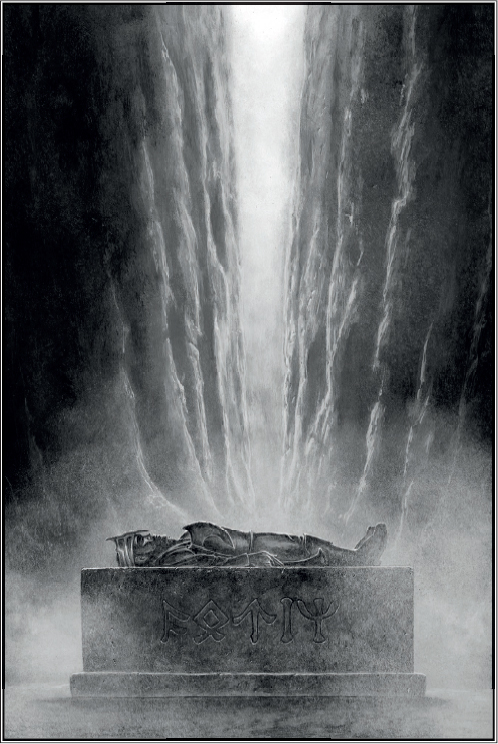 | Canterbury Classics
An imprint of Printers Row Publishing Group
10350 Barnes Canyon Road, Suite 100, San Diego, CA 92121
www.canterburyclassicsbooks.com |
Text copyright David Day 2019
Artwork, design and layout copyright Octopus publishing Group Ltd 2019
All rights reserved. No part of this publication may be reproduced, distributed, or transmitted in any form or by any means, including photocopying, recording, or other electronic or mechanical methods, without the prior written permission of the publisher, except in the case of brief quotations embodied in critical reviews and certain other noncommercial uses permitted by copyright law.
Printers Row Publishing Group is a division of Readerlink Distribution Services, LLC.
Canterbury Classics are registered trademarks of Readerlink Distribution Services, LLC.
All correspondence concerning the content of this book should be addressed to Canterbury Classics, Editorial Department, at the above address. Author or illustration inquiries should be addressed to Pyramid, an imprint of Octopus Publishing Group Ltd, Carmelite House, 50 Victoria Embankment, London EC4Y 0DZ.
Canterbury Classics
Publisher: Peter Norton
Associate Publisher: Ana Parker
Publishing/Editorial Team: April Farr, Vicki Jaeger, Kelly Larsen, Stephanie Romero,
Kathryn C. Dalby
Editorial Team: JoAnn Padgett, Melinda Allman
Production Team: Jonathan Lopes, Rusty von Dyl
Pyramid
Publisher: Lucy Pessell
Editor: Sarah Vaughan
Copyeditor: Robert Anderson
Proofreader and Americanizer: Constance Novis
Senior Production Manager: Peter Hunt
Front cover illustration: Ian Miller, Dunlending and Grey Mountain Dwarves
Back cover illustration: Ian Miller, A Haradrim warrior riding an Oliphaunt
Front endpaper illustration: Linda Garland, Tirion
Back endpaper illustration: Kip Rasmussen, Smaug verses Bard the Bowman
eBook ISBN: 978-1-64517-010-5
eBook Edition: October 2019
This book has not been prepared, authorized, licensed or endorsed by J. R. R. Tolkiens heirs or estate, nor by any of the publishers or distributors of the book The Lord of the Rings or any other work written by J. R. R. Tolkien, nor anyone involved in the creation, production or distribution of the films based on the book.
CONTENTS
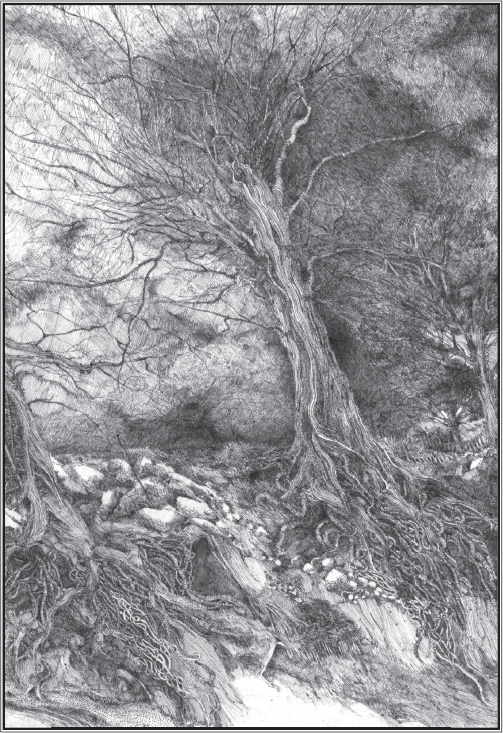
Mirkwood. In Tolkiens legendarium, woods and forests are places of both beauty and peril.
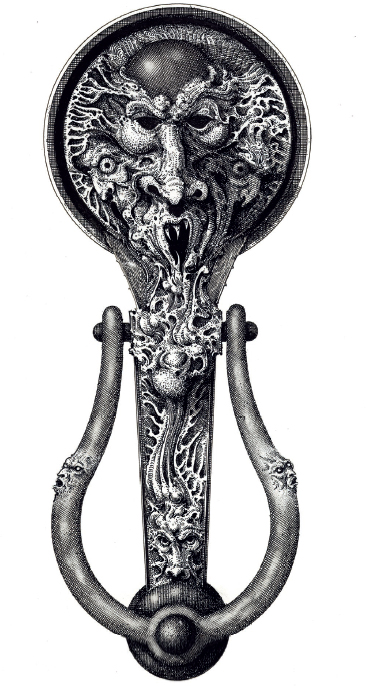
Enter
An Encyclopedia of Tolkien: the History and Mythology of Middle-earth has been compiled as an easily accessible compendium for general readers who are interested in the mythological, literary, historical, and philological sources that inspired the author in his creation of Middle-earth and the Undying Lands. Many of these sources relate to Tolkiens scholarly studies and his personal life. Other sources have been specifically acknowledged by the author, himself; while many entries in this dictionary examine world mythologies, histories, and literatures that have themes, motifs, characters, and events in common with Tolkiens original tales. That is, these similarities suggest that elements of J. R. R. Tolkiens cosmos may simply comfortably coexist within the universal archetypal world of mythology and folklore.
Forty years ago, I published A Tolkien Bestiary, the first fully illustrated reference book and guide to Middle-earth and the Undying Lands. It was written shortly after the publication of The Silmarillion in 1977: the book that first revealed the immense scope of Tolkiens vast mythology and cosmos. Since that time, I have published a dozen books on the works of J. R. R. Tolkien. And the one consistent perspective I have kept throughout these books has been to view Tolkiens tales in this context of the mythologies and literatures of other nations and cultures. It is a perspective that Tolkien himself understood and cherished over his entire life.
For those who may have read any of my subsequent books, such as The Hobbit Companion or Tolkiens Ring published in the 1990sor any of my more recent Tolkien reference library seriesthe approach taken in this compendium will be a familiar one. An Encyclopedia of Tolkien is a compilation that draws heavily and directly on the writing and illustrations in these earlier published works. However, it differs in its purpose as it is not a general guide, but is specifically a dictionary of sources. It is organized in an easily accessed single volume of alphabetically listed sources of J. R. R. Tolkiens writing.
This book is intended for those general readers of J. R. R. Tolkien who wish to learn more about the genius behind this awesome body of literature and the origin of some of the authors remarkable ideas. For in his construction of the Middle-earth, Tolkien drew on an enormous range of sources, from the mythological to the historical, the literary to the linguistic, and the personal to geographic. It is hoped that through An Encyclopedia of Tolkien, readers may both broaden their appreciation of this extraordinary author, and understand a little more of the sources of his inspiration. In this compendium, readers may discover something of the myths and legends with which Professor Tolkien was intimately acquainted, and about which he often despaired because so few of readers were even vaguely familiar with them.
The focus of this book is an examination of the heroes, villains, creatures, peoples, and geography of Tolkiens world, as well as his archetypal themes and motifs, in order to understand how they compare and relate to the literature, history, and mythology of other nations and cultures.
I am interested in mythological invention, and the mystery of literary creation, Tolkien once wrote in a letter to a reader. I was from early days grieved by the poverty of my own beloved country: it had no stories of its own, not of the quality that I sought, and found in legends of other lands. There was Greek, and Celtic, and Romance, Germanic, Scandinavian, and Finnish; but nothing English, save impoverished chap-book stuff.
This was Tolkiens life ambition. So great was this obsession that it could be argued that the undoubted literary merits of Tolkiens epic tale of The Lord of the Rings were almost a secondary concern. Important as the novel is, any analysis of Tolkiens life and work makes one aware that his greatest passion and grandest ambitions were focused on the creation of an entire mythological system for the English people. In his own words, we learn: I had a mind to make a body of more or less connected legend, ranging from the large and cosmogenic, to the level of romantic fairy-story which I could dedicate simply: to England; to my country.

